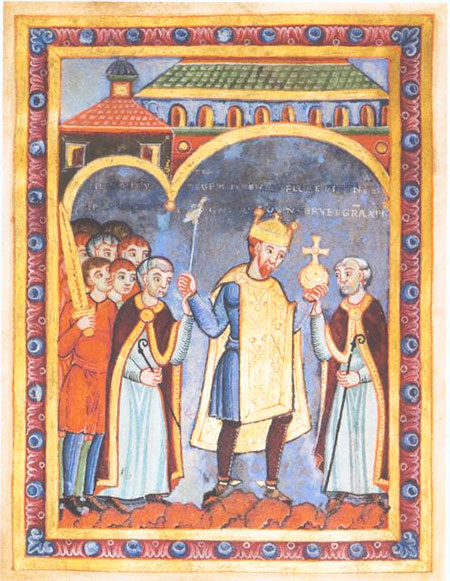The Emperor Henry III
Peter Munz finds that the eleventh-century Holy Roman Emperor was one of those rare rulers who took the ethics of their calling literally.

Charlemagne’s conception of the Christian religion had been simple and politically fruitful. He considered himself, under God, as King and Emperor, charged with the government and protection of the Christian people. The Bishops as well as the Pope were his foremost helpers in this task.
There was no distinction between Church and State, between secular and spiritual authority. This scheme of government, though more perfect in conception than in execution, provided the pattern of politico-theological thinking for centuries to come.





